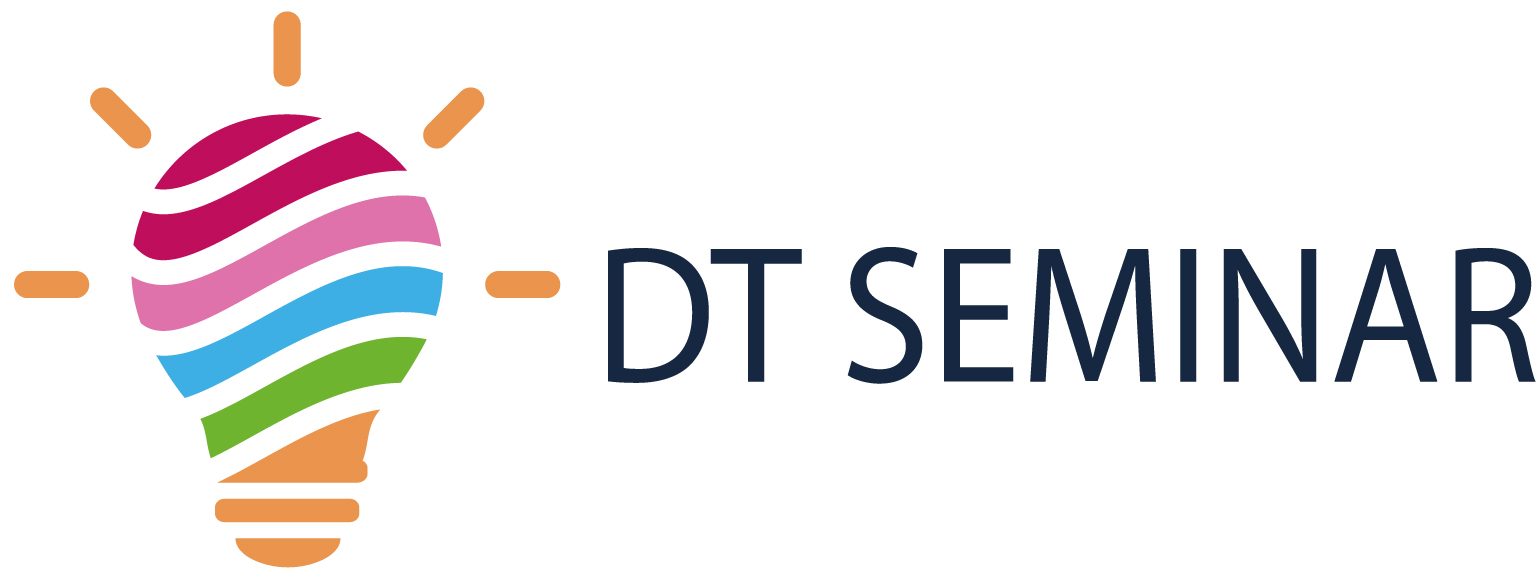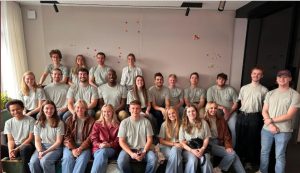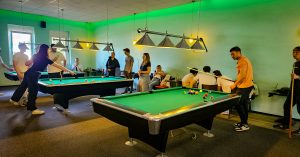On Monday, we met at 9:30 and almost immediately started working. After four days together, our group had developed a strong team dynamic, allowing us to work efficiently on the project.
First, we split into smaller teams to formulate problem statements that would help guide our ideation process.
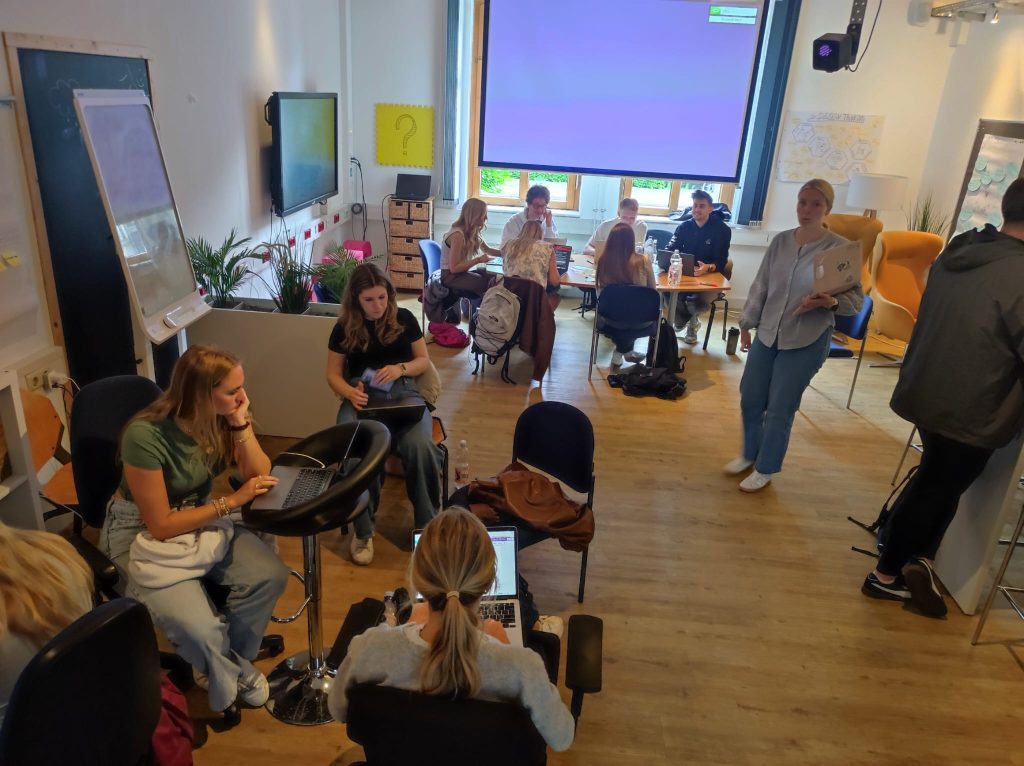

After evaluating the various statements, we selected one to focus on for the remainder of our work: “How can we create a comprehensive sustainability strategy that promotes engagement across our entire stakeholder ecosystem, raises awareness of our efforts, aligns supplier business objectives with our sustainability goals, influences customer decisions, maintains competitive advantage and business growth, while improving the ECOnGOOD score?”. Since this statement was quite complex, we broke it down into smaller, more manageable sub-problems: Image, Customer, and Supplier. This marked the end of our design phase, and we were all excited to move on to ideation.
During the ideation phase, we worked in three groups, each focusing on one of the sub-problems. Every team chose their own methods to generate ideas. For example, one group used extensive brainstorming to come up with a wide range of creative concepts.

In parallel, two members of our team conducted interviews with employees to gather deeper insights into the company and its current situation. Based on those interviews, we also made a few “quick win” improvements that we incorporated into our presentation.
To wrap up the day, we collected and reviewed all our ideas, then selected the most promising ones for prototyping.
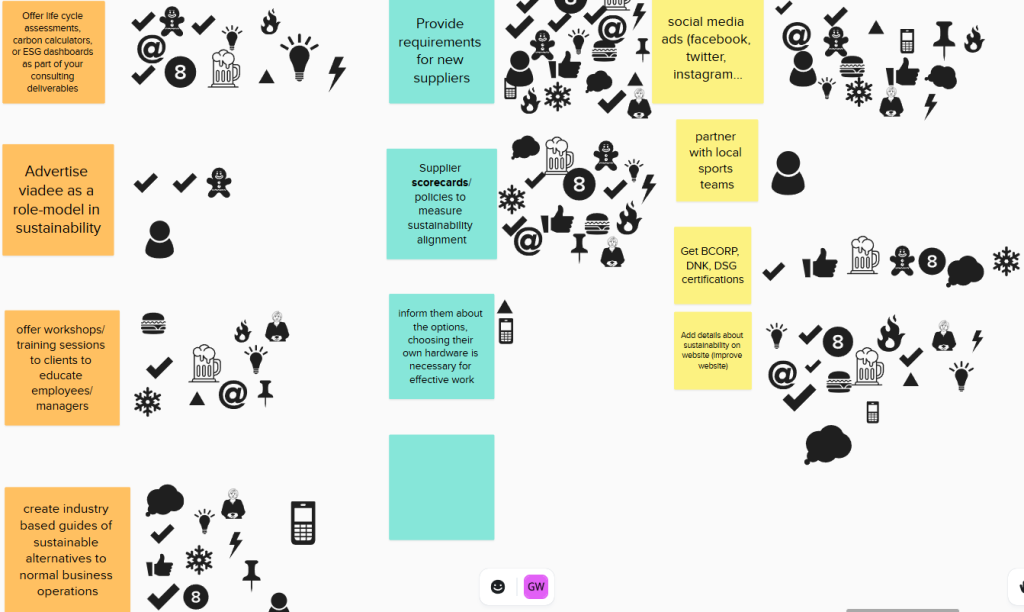
That wrapped up Day 3, an intense but productive day. The next day, we were ready to start prototyping our best ideas.
